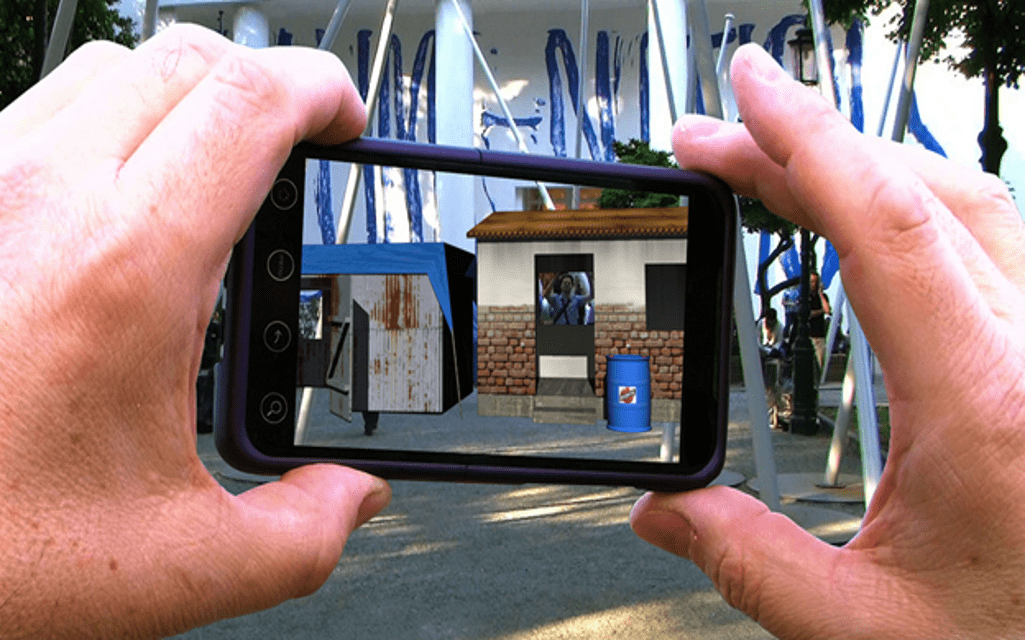AR is the next big thing in the marketing world. Many players are spending significant amounts of money to develop an AR experience for their websites and mobile apps.
Should you throw caution to the wind and build your own AR experience on your site?
Do you know your customers?
Well, the answer can be a little more complicated than yes or no. The customer’s experience is everything.
Do your customers already interact with other apps that leverage AR? Sometimes it’s best to ask them in person and entice them with a healthy snack box or merchandise to fill out a survey or come in for a focus group.
If they are out of the demographic that uses AR, no matter how cool you think it is, it may not make a difference to your clients.
Here are a few pros and cons for introducing this into your marketing plan.
Pros
AR is just cool. There are so many exciting ways to immerse your end consumer in the product, that they can’t help but buy from you.
For instance, there are a few car companies that use AR as a way to take a test drive on a course. This is a fantastic experience that creates the desire to own the product. There are also jewelry apps that allow you to virtually try on jewelry, especially engagement rings and wedding bands.
They are substantially reducing the need for the consumer to enter a brick and mortar store. Using AR to take away any pain points for making a purchasing decision is a wise choice. But it must be used correctly.
AR is not a new technology, it’s been around for a long time. This is what gave it the foundation to explode on the market as it has in the last few years. It will most likely continue to grow and become a large part of our online shopping experience.
Cons
It is a fine line of social responsibility that we need to be respectful of. Augmented reality is viewed by some as an invasion of privacy. Any data stored can be subject to data hacks like anything else.
One of the more significant points of social responsibility is real-world interaction. The more people are able to experience the world and almost anything they can imagine from their own living room, the less they need to enter the outside world. Even though AR does provide a much-needed additional way for us to communicate, we also lose some of the human interaction aspects that are vital for development.
This is especially true of children and teens who are growing up in an increasingly digital age. It can also be argued that the technology, specifically AR can increase the communication of teens.
Conclusions
As painful as this may be to believe, there are actually people that do not use a smartphone for everything. Before you spend money developing this technology, you need to spend some time really identifying who your target audience is. Or even more importantly, who your customer base currently is.



